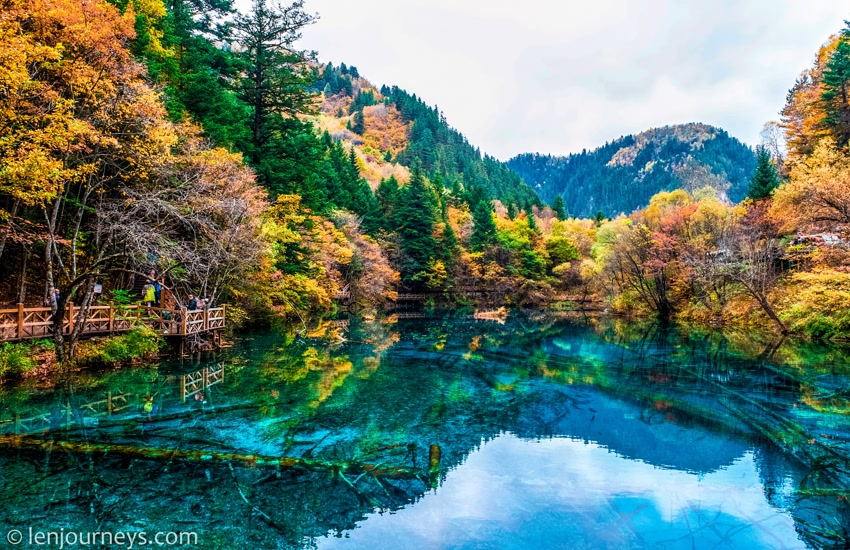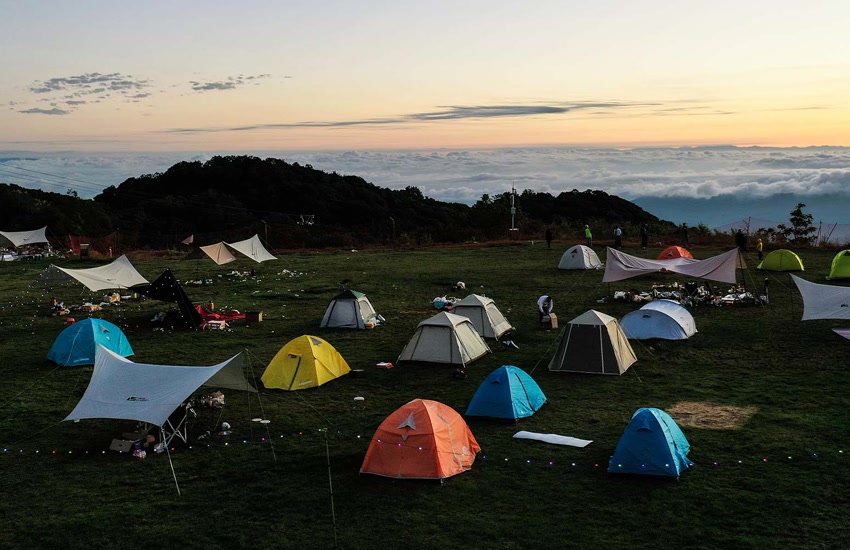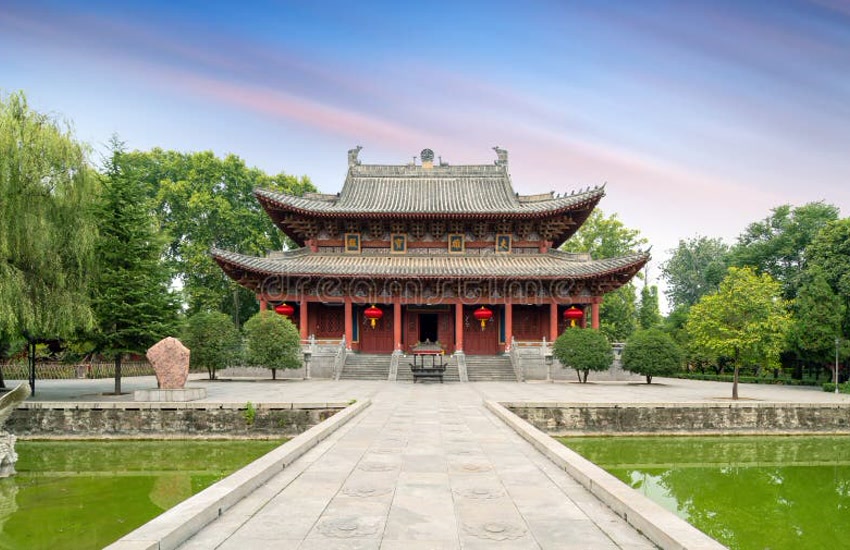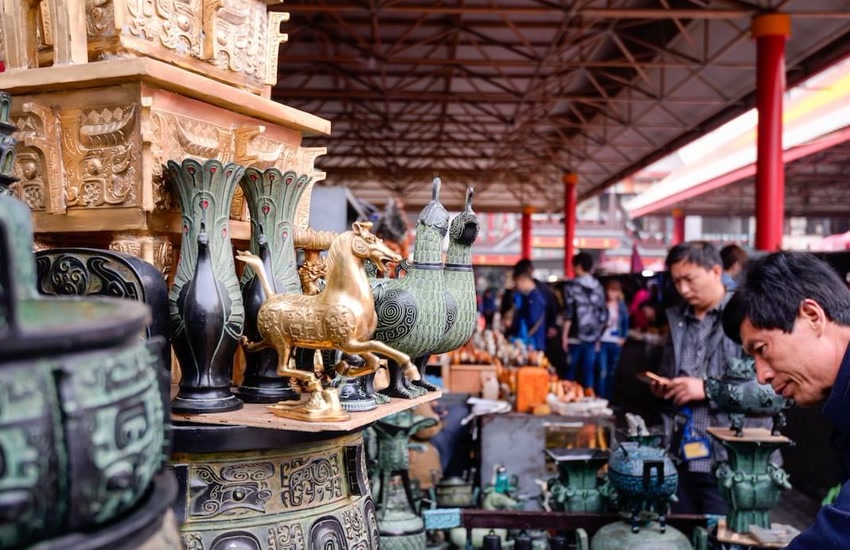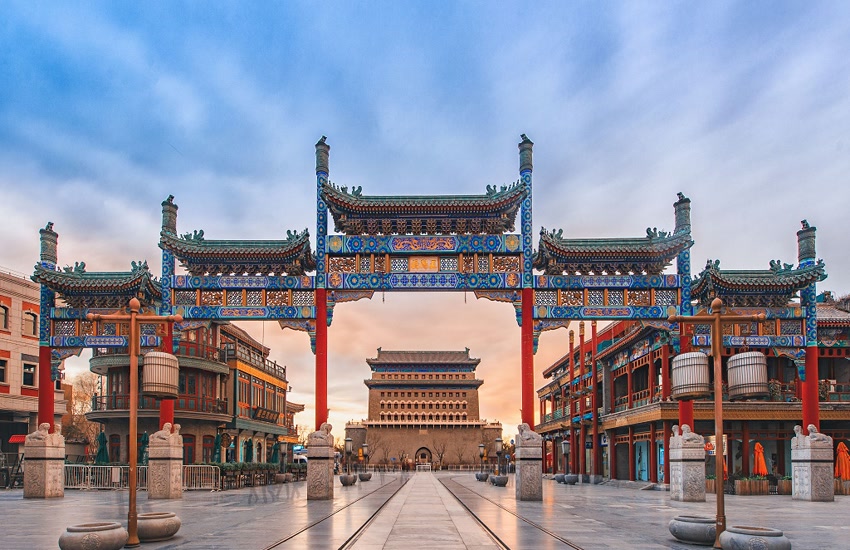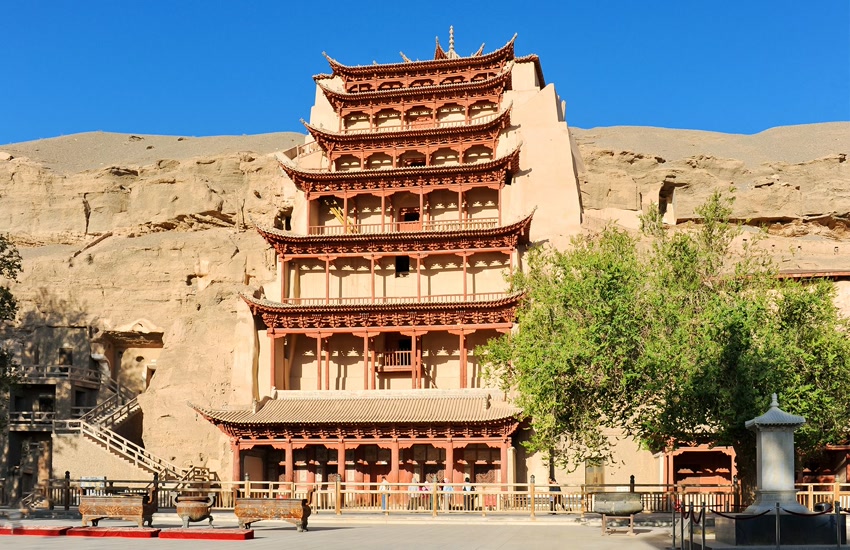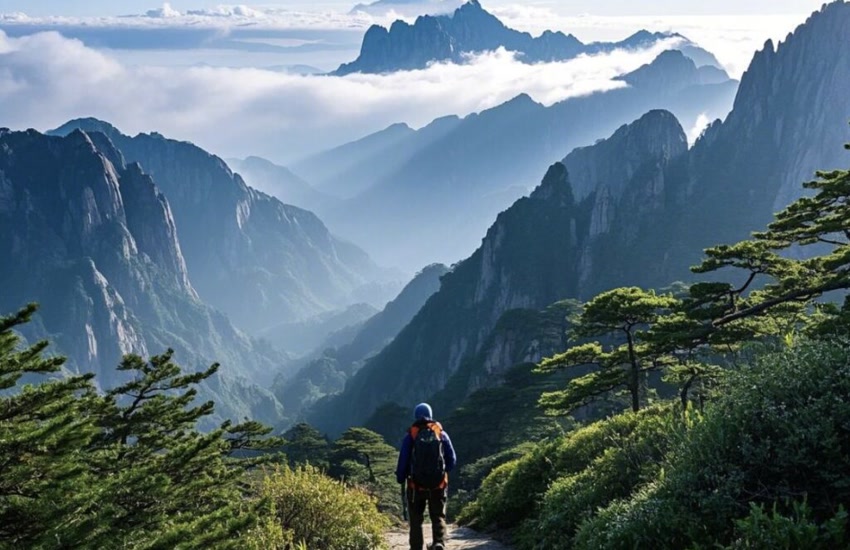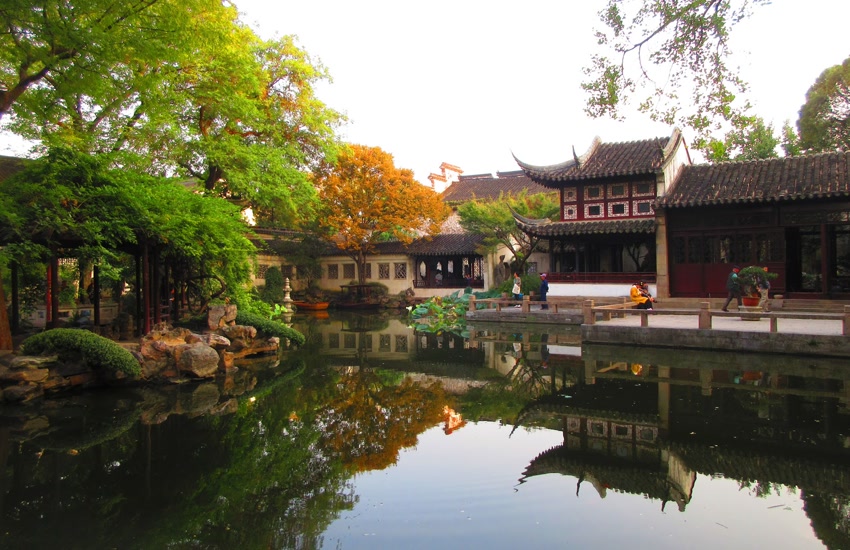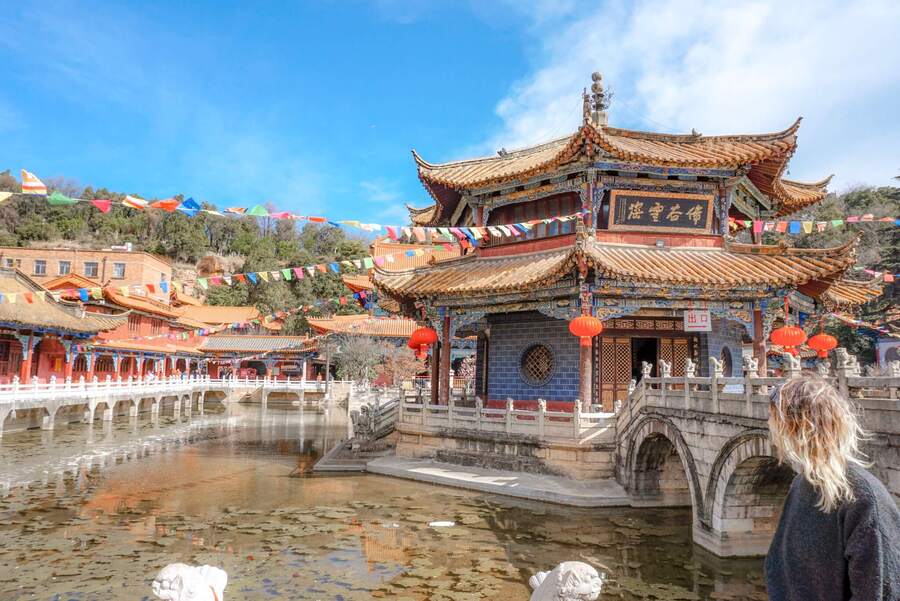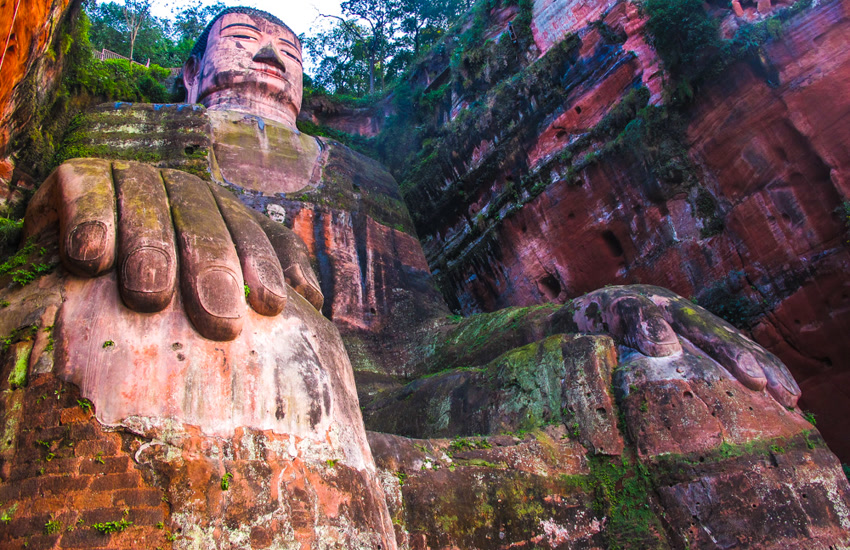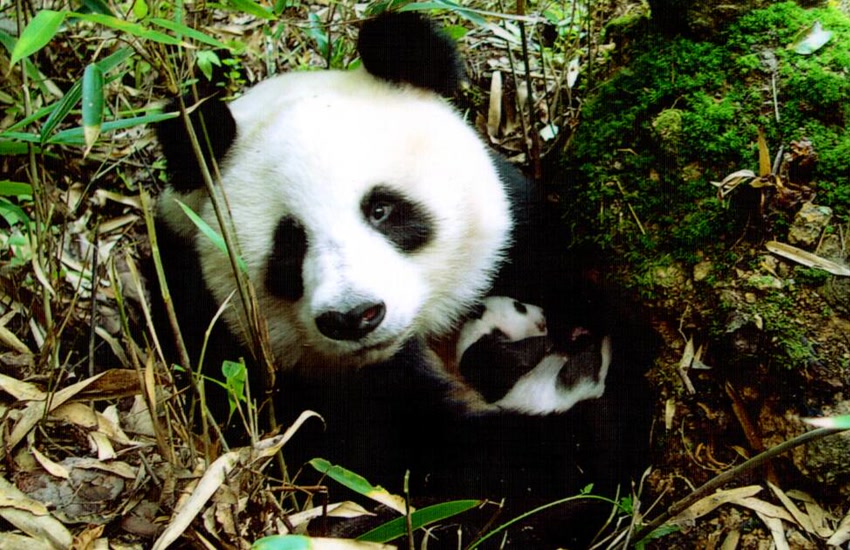
Okay folks, buckle up. Today we are heading to a place that has lived rent-free in my imagination for years. Picture misty mountain trails, lush bamboo groves, and the fluffiest wildlife on Earth. Welcome to the Sichuan Giant Panda Sanctuaries.
For anyone who loves nature and animals, especially those with an appreciation for the adorable, this is more than a travel destination. It is a dream fulfilled.
Why Sichuan? The Heart of Panda Country

Sichuan’s Panda Paradise
In the southwest of China lies Sichuan province, the ultimate panda habitat. Think of it as the Hollywood of pandas or the Silicon Valley of conservation. Chengdu, the capital, is not only the starting point for most panda adventures but also home to vibrant street life, traditional teahouses, and authentic food experiences like Chengdu hotpot and Peking duck. Many travelers begin their Chengdu tour small group itinerary here, often extending their stay to explore Kuanzhai Alley, Wuhou Shrine, or even Gui Zhou Miao Jia communities.
The Sanctuaries’ Size
This is not one park but a massive ecosystem. The Sichuan Giant Panda Sanctuaries span over 924,500 hectares across the Qionglai and Jiajin Mountains. The network includes seven nature reserves and eleven scenic parks. More than 30 percent of the world’s wild panda population lives within this protected region. It is one of the essential stops on any thoughtfully crafted China itinerary focused on nature and biodiversity.
More Than Just Pandas: A Biodiversity Hotspot
Wildlife Enthusiast’s Dream
While giant pandas are the headline stars, these forests are teeming with life. Expect to encounter red pandas, golden snub-nosed monkeys, clouded leopards, and perhaps even snow leopards if you’re lucky. For photographers and wildlife lovers, this area is a living gallery of rare species. If your interests include things to do in China beyond major cities, this is a fantastic alternative.
Botanical Treasure Trove
The plant life in this region is equally breathtaking. Between 5,000 and 6,000 species of flora thrive in these mountains. Many are native to China and grow nowhere else in the world. During spring, the hills are covered in cherry blossoms, and in April, you might see golden rapeseed flower fields. The climate also supports the cultivation of some of the best Chinese green tea, perfect for sipping after a forest hike.
Conservation in Action: Protecting the Future of Pandas

Role of Sanctuaries
These sanctuaries are not just sightseeing spots. They are hubs of scientific research, animal care, and public education. They play a vital role in breeding programs that support the survival of this endangered species. By visiting, you contribute to a model of eco-conscious tourism that benefits both animals and communities.
Innovative Ecosystem Management
Sichuan’s conservation model focuses on more than just pandas. Green corridors connect different reserves, allowing pandas to migrate naturally and maintain genetic diversity. This approach is increasingly adopted in other regions, such as Yunnan and Guizhou, where sustainable development is paired with local culture and natural heritage preservation.
Planning Your Panda Adventure: Tips and Tricks
Travel Tips
-
Best Time to Visit: Spring (April to May) and autumn (September to October) offer mild temperatures and fewer crowds.
-
Getting There: Fly into Chengdu Shuangliu International Airport (CTU), then continue by car or bus to reach Wolong, Bifengxia, or other sanctuary areas.
-
Where to Stay: Chengdu has a wide range of hotels. For those wanting to stay close to nature, guesthouses near Wolong or Mt. Siguniang offer stunning views and easier access to trails.
-
What to Pack: Refer to a good China packing list. Essentials include comfortable walking shoes, a light raincoat, layered clothing, insect repellent, a camera, and a power bank. Planning to visit Beijing too? Look up what to pack for a trip to Beijing for urban-specific tips.
-
Responsible Travel: Avoid flash photography, do not feed the animals, and follow park rules at all times. This is not a zoo but a carefully managed ecosystem. Your respect makes a difference.
Want to build a broader adventure? Combine your sanctuary visit with cultural highlights like Tiananmen Square, the Pearl Market in Beijing, or a hike on the Great Wall of China. Many travelers include Sichuan in their China 2-week itinerary, often connecting it with destinations like Zhangjiajie, Lijiang, or Guilin.
Must-See Sanctuaries
Top Sanctuaries to Visit
While the entire area is incredible, here are a few specific sanctuaries to consider adding to your itinerary:
| Sanctuary | Description |
|---|---|
| Wolong National Nature Reserve | Perhaps the most famous and well-developed of the sanctuaries. Wolong offers excellent opportunities for panda sightings and is home to a research center dedicated to panda conservation. |
| Mt. Siguniang National Park | Known for its stunning mountain scenery in addition to its panda population, this park offers a great combination of wildlife viewing and breathtaking landscapes. |
| Bifengxia Panda Base | This is a great option if you’re looking for a more intimate experience with pandas. The base is smaller than Wolong, and you can often get closer to the pandas. |
Visiting the Sichuan Giant Panda Sanctuaries is more than just a vacation. It is a moment of reconnection with the natural world. Watching a panda calmly munching on bamboo can shift your perspective in ways you may not expect.
If you are dreaming of a China travel itinerary filled with wonder, wildlife, and meaning, this is the experience to include. It speaks to nature lovers, photographers, conservationists, and cultural explorers alike. The memories you create here will stay with you for a lifetime.
Discover our others destinations guide:


